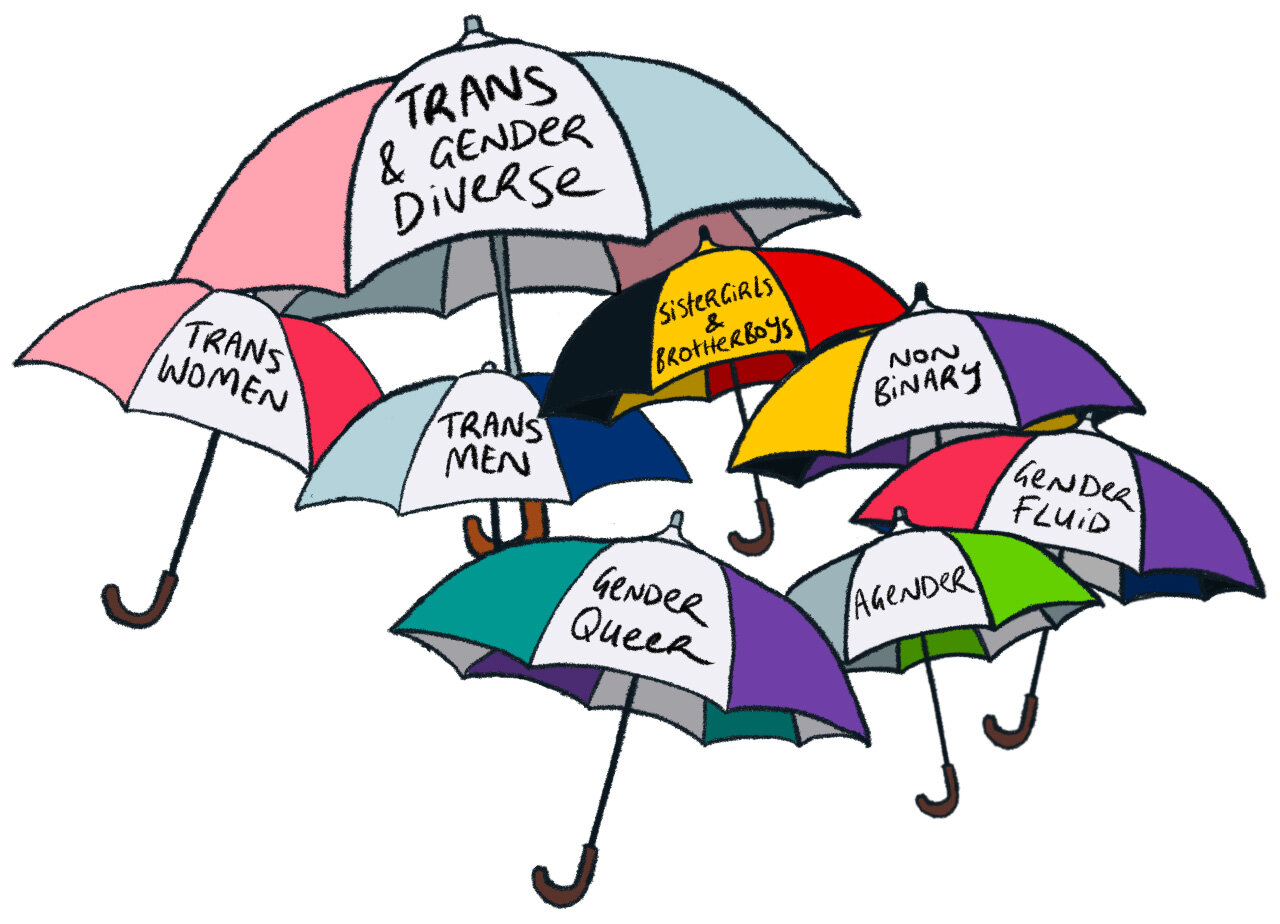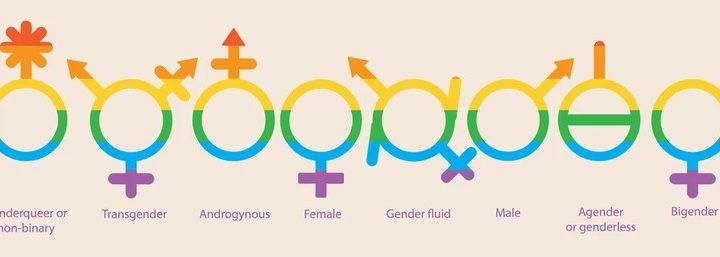Gender Identity Binary Pronouns
Gender Identity Binary Pronouns — Navigating gender identity and binary pronouns can be complex. Today’s blog is written to discover clarity on using gender-specific pronouns & demystify the confusion of inclusivity effortlessly.
GENDER IDENTITY & BINARY PRONOUNS
IT CAN BE SO CONFUSING!
.
The recognition and acknowledgement of diverse gender identities is not about pushing any particular set of genders on individuals, but rather about acknowledging and respecting the lived experiences and identities of individuals who do not fit within the traditional binary understanding of gender. The push for inclusivity and recognition of diverse genders is driven by the need to create a more inclusive and accepting society where everyone’s identity is respected and affirmed.
For many years, society has predominantly adhered to a binary understanding of gender, with limited recognition of other identities. This has resulted in individuals who do not identify strictly as male or female feeling marginalized, invalidated, and invisible. The push for recognizing diverse genders aims to address this issue, offering a space where people can authentically express their identities and have their experiences acknowledged and respected.
It is important to note that gender is a deeply personal and individual aspect of identity, and individuals have the right to define and express their gender in a way that feels true to them. Embracing diverse gender identities is about creating a more inclusive and equitable society where individuals can live authentically, free from discrimination and stigma.
By acknowledging and respecting diverse gender identities, we foster an environment of acceptance, understanding, and celebration of human diversity. This benefits everyone, as it allows individuals to live their lives authentically, promotes mental well-being, and contributes to a more compassionate and inclusive society as a whole.
.
.
.
Gender Identity Binary Pronouns
GENDER RECOGNITION
.
The understanding and recognition of gender have evolved beyond the binary understanding of male and female, encompassing a more diverse range of gender identities. While it is important to note that gender is a complex and deeply personal aspect of individual identity, here are some commonly recognized genders:
-
Male: Traditionally associated with individuals assigned male at birth and identifying as men.
- Female: Traditionally associated with individuals assigned female at birth and identifying as women.
- Non-Binary: An umbrella term for gender identities that do not exclusively align with the categories of male or female. Non-binary individuals may identify as having a gender that is outside or beyond the binary spectrum.
- Genderqueer: An identity used by individuals who reject or challenge traditional gender norms and embrace a fluid or non-conforming gender identity.
- Genderfluid: Refers to individuals whose gender identity fluctuates or changes over time. They may experience shifts between different genders or express themselves as different genders at different times.
- Agender: Describes individuals who do not identify with any gender or have a lack of gender identity.
- Bigender: Individuals who identify as having two distinct gender identities, often experiencing them simultaneously or at different times.
- Two-Spirit: A term rooted in Indigenous cultures, referring to individuals who embody both masculine and feminine qualities or spirits within themselves.
- Androgynous: Describes individuals who have a gender expression or appearance that is neither distinctly masculine nor feminine, often blending or transcending traditional gender norms.
-
Demigender: Individuals who identify partially with a specific gender while also feeling a connection to another gender or a more neutral gender identity.
It is important to note that these are just a few examples of gender identities, and there is a rich diversity of experiences and expressions within the realm of gender. Each person’s gender identity is unique and should be respected and affirmed according to their self-identified gender. It is crucial to foster a society that recognizes and celebrates this diversity, promoting inclusivity, understanding, and respect for all gender identities.
.

Gender Identity Binary Pronouns
.
GENDER PRONOUNS
.
Gender pronouns are important because they allow us to acknowledge and respect an individual’s gender identity. Language and communication play a significant role in how we perceive and interact with others. By using the correct gender pronouns, we show respect for an individual’s self-identified gender and affirm their identity.
Using someone’s preferred gender pronouns is a way to validate their experiences and identities. It helps create a more inclusive and respectful environment where individuals feel seen, heard, and understood. Misusing or disregarding someone’s pronouns can lead to feelings of invalidation, marginalization, and even harm. On the other hand, using the correct pronouns demonstrates acceptance, support, and a willingness to honor an individual’s self-expression.
Gender pronouns also help to challenge and move beyond traditional gender norms and assumptions. They recognize that gender is not solely determined by appearance, anatomy, or societal expectations. By acknowledging a broader range of gender pronouns, we embrace the diversity and complexity of human identities, promoting inclusivity and understanding.
It is important to remember that gender pronouns are personal and may vary among individuals. Some may use traditional pronouns such as he/him or she/her, while others may prefer gender-neutral pronouns like they/them or specific alternative pronouns. Respecting and using the pronouns that individuals prefer is an essential step towards creating a more respectful and inclusive society for everyone.
Traditionally, gender pronouns included he/him for males and she/her for females. However, as our understanding of gender has evolved, so has the recognition of a wider range of gender identities. This recognition has given rise to the use of gender-neutral pronouns and alternative pronouns that individuals may choose to align with their gender identity.
.
.
COMMONLY USED GENDER PRONOUNS
.
- He/Him/His: Used by individuals who identify as male.
- She/Her/Hers: Used by individuals who identify as female.
- They/Them/Theirs: A gender-neutral pronoun that can be used for individuals who identify outside of the binary or prefer a non-gendered pronoun.
- Ze/Hir: A set of gender-neutral pronouns that some individuals may use as an alternative to they/them.
-
Xe/Xem: Another set of gender-neutral pronouns that some individuals may use as an alternative to they/them.
-
Zie/Zir/Zirs: Are a set of gender-neutral pronouns that some individuals may use to refer to themselves. These pronouns provide an alternative to traditional gendered pronouns and can be used by individuals who do not identify strictly as male or female or who prefer a non-gendered pronoun.
..
.
THE CORRECT PRONUNCIATION
.
- Zie (pronounced “zee”) is a subject pronoun used in place of he/she.
- Zir (pronounced “zur”) is an object pronoun used in place of him/her.
- Zirs (pronounced “zurz”) is a possessive pronoun used in place of his/hers.
Note: Zie/zir/zirs pronouns is not as widely recognized or used as some other gender-neutral pronouns like they/them. However, it is essential to respect and use the pronouns that individuals specifically request or prefer. Respecting an individual’s choice of pronouns is an important way to affirm their gender identity and create a more inclusive and respectful environment.
.
.

.
.
.PRONOUNS – SHOWING RESPECT
.
It is essential to use the pronouns that individuals prefer and to respect their self-identified gender identity. Using correct pronouns is a way to show respect, affirm someone’s identity, and create a more inclusive and welcoming environment for all individuals. It is always best to ask someone for their pronouns or use gender-neutral pronouns if you are unsure.
.
..
.
Gender Identity Binary Pronouns
 Written by Aleena Aspley on 16th July 2023
Written by Aleena Aspley on 16th July 2023
North Brisbane, Queensland Australia
www.YoniWhisperer.com
www.LingamWhisperer.com
www.AleenaAspley.com
.
Aleena Aspley, is a Certified Sexological Bodyworker, Somatic Sex Educator, Intimacy Coach and NEO Tantra Professional. Aleena is based in North Brisbane Queensland Australia
.
ADHD, HYPER-FOCUSED AND THE CHRONICALLY LATE MENOPAUSAL PERFECTIONIST!
GENDER IDENTITY & BINARY PRONOUNS




